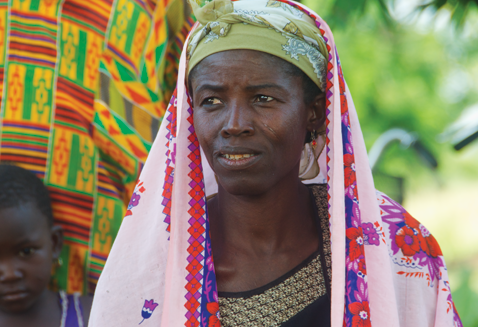Microfinance studies
Featured Data
The Men from Kabul and the Eunuchs of India
It is apparently hard to be dispassionate about microcredit, which has been simultaneously presented as the biggest hope to eradicate poverty and the cause for multiple suicides of innocent borrowers
It is apparently hard to be dispassionate about microcredit, which has been simultaneously presented as the biggest hope to eradicate poverty and the cause for multiple suicides of innocent borrowers.
The truth is that microcredit is an extremely impressive social innovation: the movement has managed to find a way to lend to the poor at reasonable interest rates, against all odds, where many government efforts had previously failed. And it has real, if modest, effects on the lives of its clients. But it is not a silver bullet. In particular, it leaves open the next big challenge: how to lend to larger firms, so that microbusinesses can turn into viable enterprises.
Spotlight
Microcredit Is Not the Enemy
Abhijit Banerjee, Pranab Bardhan, Esther Duflo, Erica Field, Dean Karlan, Asim Khwaja, Dilip Mookherjee, Rohini Pande, Raghuram Rajan / Financial Times / 13 December 2010
The microfinance sector in India is in deep crisis. Nine leading development economists co-authored op-ed pieces in the Financial Times ("Microcredit Is Not the Enemy") and the Indian Express ("Help Microfinance, Don't Kill It"). They argue that "microfinance fills a key need in developing countries like India: the provision of financial services to low-income clients who traditionally lack access to formal banking for several reasons."



It is apparently hard to be dispassionate about microcredit, which has been simultaneously presented as the biggest hope to eradicate poverty and the cause for multiple suicides of innocent borrowers.
The truth is that microcredit is an extremely impressive social innovation: the movement has managed to find a way to lend to the poor at reasonable interest rates, against all odds, where many government efforts had previously failed. And it has real, if modest, effects on the lives of its clients. But it is not a silver bullet. In particular, it leaves open the next big challenge: how to lend to larger firms, so that microbusinesses can turn into viable enterprises.
Spotlight
Microcredit Is Not the Enemy
Abhijit Banerjee, Pranab Bardhan, Esther Duflo, Erica Field, Dean Karlan, Asim Khwaja, Dilip Mookherjee, Rohini Pande, Raghuram Rajan / Financial Times / 13 December 2010
The microfinance sector in India is in deep crisis. Nine leading development economists co-authored op-ed pieces in the Financial Times ("Microcredit Is Not the Enemy") and the Indian Express ("Help Microfinance, Don't Kill It"). They argue that "microfinance fills a key need in developing countries like India: the provision of financial services to low-income clients who traditionally lack access to formal banking for several reasons."



















